Fire Hot, Sky Blue, Australia’s Dire Drought Tests Journalists
A Struggle to Tell a Story Everyone Seems to Know
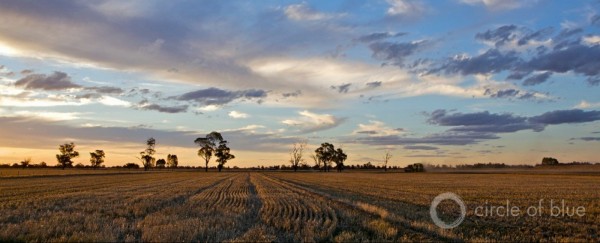
by Nadya Ivanova
photographs by J. Carl Ganter
Circle of Blue
Bronwen Wade, a reporter for ABC Local Radio’s “Riverland Today” –- the premier morning program for the communities in South Australia’s Riverland and Mallee regions –- has spent three years covering a story of water scarcity, economics, environment, and food production. It is a local, national, and global story that is almost certain to be the biggest of her career. The decade-long drought in the Murray-Darling Basin — Australia’s prime food-growing region -– is the worst in the country’s recorded history and, many scientists assert, likely signals a permanent climate shift that is challenging the country’s capacity to feed itself.
By any measure of journalistic principles and values, that is plenty of string for a first-rate broadcast journalist to wrap around the human dimensions of a story that affects half of the country.
Yet Wade says the drought confounds her reporter’s instinct, often for the very same reasons it challenges those of her countrymen. The reason is the emotional power of the story. The drought in southern Australia, its dire effect on water supplies and farm production, the toll it is taking in depression, and the fact that it shows no signs yet of abating directly affects Wade’s life, her work and her community.
Wade still remembers the barriers she surprisingly confronted a year and a half ago as she was preparing to go on air. The emotions began to wash over her. It was right in the middle of a pressure-cooker that she went to the bathroom and started crying. The tears were a choking reminder that reporting about water is a daunting task. Wade had been warned that many farmers in her rural community along the Murray-Darling were on the edge of suicide and that she had to be more careful about how she covered the drought. Simply reporting the news could be deadly to her audience.
Moreover, the water crisis has persisted for so long that Wade’s listeners remain conflicted. They either want more coverage or a lot less. People used to call the radio or stop Wade on the street, saying that they were “sick” of all the drought coverage and the bad news, and “could we please stop,” Wade said in an interview with Circle of Blue last month. “We were really conflicted on this. On the one hand, you are thinking you are doing the right thing, and then you question yourself.”
“There was a point where people got burnt out,” she adds. “The topic was saturated and people stopped talking to us and stopped feeding back, because they are now overloaded.”
Wade is not alone among Australian journalists who face challenges as they tackle the country’s epic drought. Even as the story has gained international headlines over the last two years, Australia’s national and local media still find it difficult to break out new lines of reporting in a country that knows all about fresh water scarcity.
Australians live on the driest inhabited continent on Earth. In other words, the news about low rain fall and fresh water scarcity is not always new. Still, the drought and its consequences always make headlines. In the three years since Wade moved to the Riverland, not a day has passed without the mention of water in the regional media.
Julian Cribb, an agricultural journalist and a professor at the University of Technology Sydney, says that journalists and news organizations who cover the crisis know that the public interest is well-served by their reporting, but the task is thankless because reports “drop off at the end of the tray.” Local farming communities, he explains, are fed up with bad news.
Australians are aware of Patrick Joseph Hartigan (aka John O’Brien), the poet, whose refrain “We’ll all be rooned” from the poem Said Hanarahan has become a jocular response to any dire, hopeless prediction. In the poem, a man sits outside a church and complains about the weather. To some Australians, reporters are Hanrahans, so when the bad news start to sound like a broken record, people are quick to wad the ears.
In addition, Cribb says, careful and thoughtful coverage of the drought inevitably draws in global food trade -– Australia is a major exporter -– climate change, coal production, desalination, public funding, and politics. “Water is phenomenally complex stuff, especially when you look at all the bureaucracy that is built around it,” Cribb says. “The answers are too complex for the media to be able to report them, unfortunately.”
Åsa Wahlquist, a respected national correspondent for The Australian, sees the crisis from a different dimension, one informed by 28 years of experience. She recalls struggling to pitch drought and water-related stories in the 1990s to her previous employer, The Sydney Morning Herald, and found the experience so demoralizing that it affected her health.
Wahlquist’s interest began in December 1991, when she stood on the banks of the Darling River to report on a 1000-kilometer long blanket of toxic blue-green algae that was choking the ecosystem. “It was the most livid, unhealthy, stinking green,” she says. Next to her was the new head of the New South Wales Department of Water, which was responsible for the river at the time. “It’s like a heart attack,” he told her.
As a national reporter working for The Australian, the country’s premier newspaper, Wahlquist’s coverage of the water crisis includes an emphasis on politics, the economy and science. Yet, as she interviewed scientists and probed research reports for the causes of the drought, she also encountered resistance at her paper. The reason is that scientists assert that climate change has made Australian weather much more variable and unpredictable. Rainfall in southern Australia since the mid-20th century has been reduced by 15 percent and temperatures have increased by an average of 1.5 degrees Fahrenheit, according to the Commonwealth Scientific and Industrial Research Organization, Australia’s principal science agency.
But at The Australian water stories get filtered through the newspaper’s editorial skepticism about climate change. When you are a rural journalist writing about bushfires and droughts, this can be a “huge challenge,” Wahlquist says. “This makes my job extremely awkward, extremely awkward.”
In February, for example, the deadliest bushfires in the country’s history raced across the state of Victoria, killing 173 people and destroying homes and farms across 1,500 square miles north of Melbourne. As the Black Saturday bushfires ravaged Victoria, Wahlquist received a call from the newspaper’s features editor, who wanted her to write about the disaster. “If I write a feature, I am gonna have to write about climate change,” she told him. Although she got permission to do it, she still felt she had to say that first.
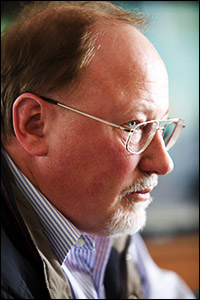
When Julian Cribb worked as a science writer at The Australian, he often had to get on the phone with the editor and argue his case more strongly with a climate or environmental story than he did with science stories. With a circulation of about 137,000, Australia’s only national broadsheet caters to an intellectual audience of academics but also industry leaders, bureaucrats and politicians.
“It’s a small readership, but it is very influential,” Cribb says. “[They] have a vested interest in not believing in [climate change].”
The Australian just gives a “very small minority of people who deny climate change an extremely large share of the debate,” Wahlquist adds.
In a country that lives on mining and food exports, climate change talks are almost too green for the industrial and agricultural sectors, which fuel an enviable, strong Australian economy. The country is the world’s largest exporter of coal, and carbon trading schemes would inevitably upset these industries. In early May, for example, Australia’s government pushed back taxing polluting industries by two years, fearing that the scheme and the global economic slowdown would hurt the business in the country.
“The world has been chasing various things: for five years we chased terrorists –- largely imaginary ones -– and now we are panicking about the global economy,” Cribb says. “The world hasn’t understood that the water shortages of the future are going to displace hundreds of millions of people.”
Nadya Ivanova, Circle of Blue’s Medill Journalist in Residence, can be reached at circleofblue.org/contact. J. Carl Ganter, an award-winning photojournalist, writer and broadcast reporter, is the co-founder and director of Circle of Blue. Reach him at carl.ganter@circleofblue.org. Keith Schneider, senior editor and producer at Circle of Blue, contributed to this article. Contact Keith Schneider
, a Bulgaria native, is a Chicago-based reporter for Circle of Blue. She co-writes The Stream, a daily digest of international water news trends.
Interests: Europe, China, Environmental Policy, International Security.

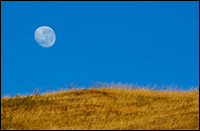
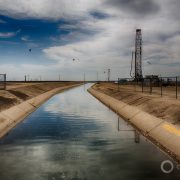
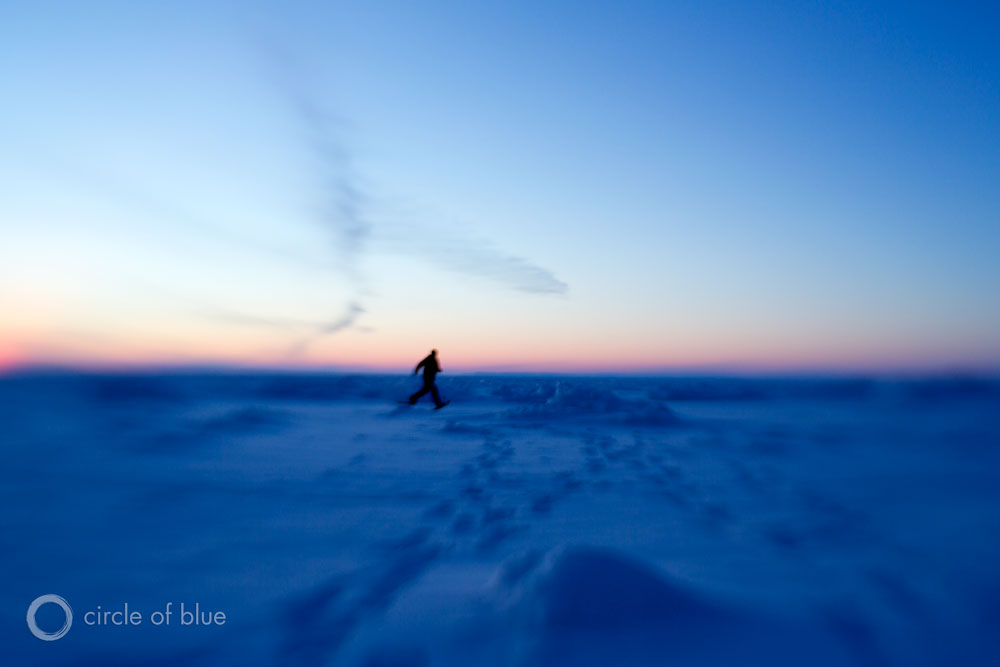

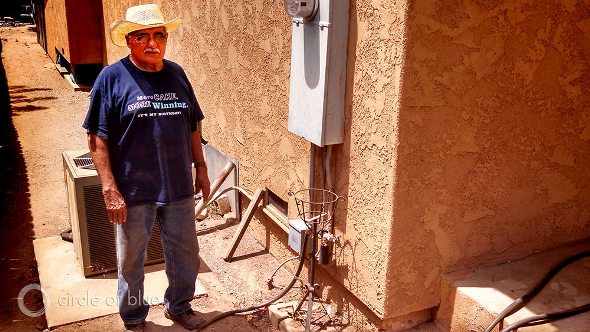


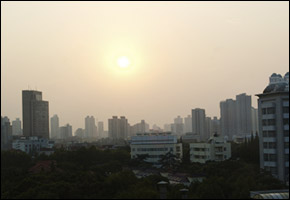

Leave a Reply
Want to join the discussion?Feel free to contribute!